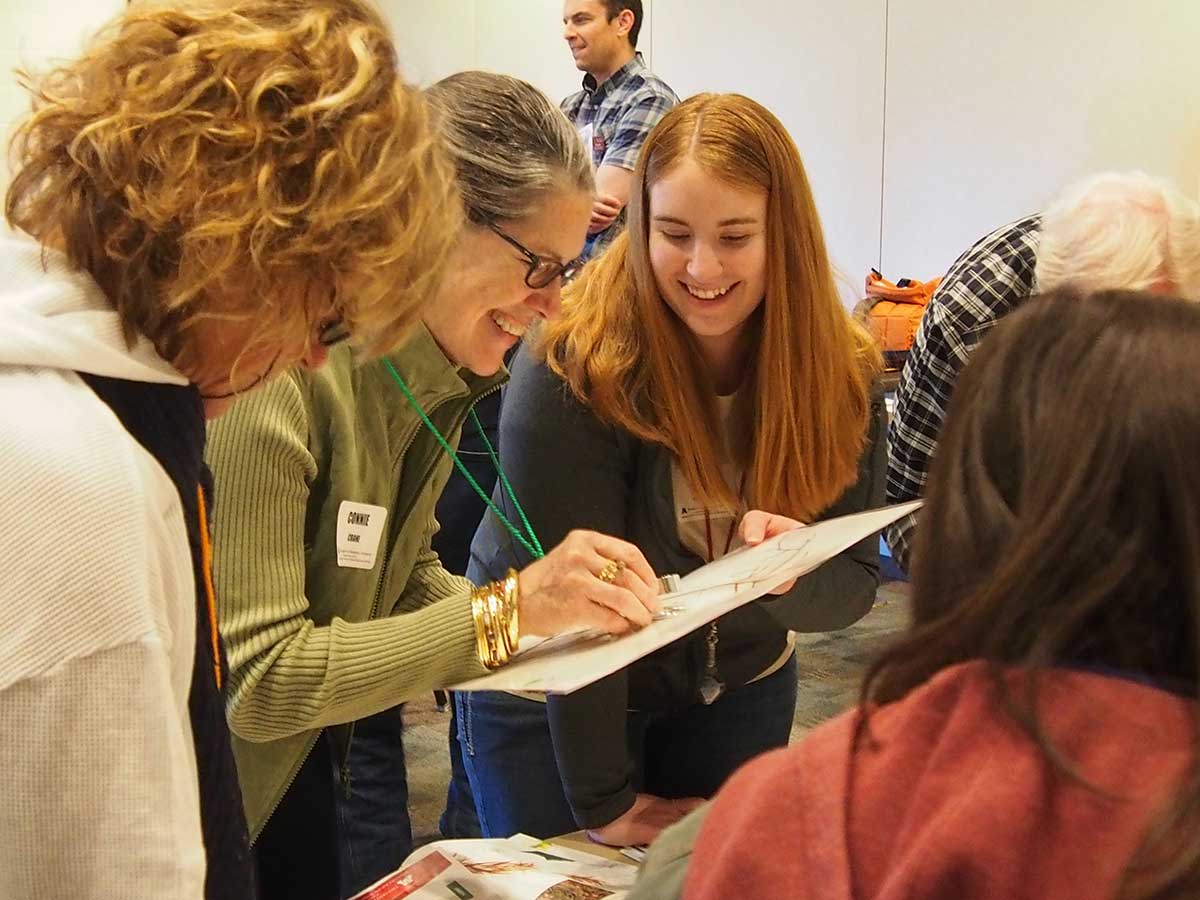
The goals of my Extension program are to increase capacity for effective surveillance and response efforts targeting aquatic invasive species and advance the effectiveness of ecological restoration efforts in terrestrial and aquatic habitats.
The Ecological Restoration Training Cooperative is an online certificate program that provides early-career professionals with the practical skills and knowledge necessary to undertake the most common kinds of Midwestern restorations, including revegetation of prairies, wetlands, lakeshores, forests and savannas (https://extension.umn.edu/courses-and-events/ecological-restoration-training-online). We also host the Improving Restorations webinar series in partnership with the Minnesota DNR's Legacy Fund Restoration Evaluation Program (https://extension.umn.edu/environmental-education/improving-restorations). The ERTC was created by Sue Galatowitsch and Julia Bohnen and is now led by me and Julia.
AIS Management 101 is a new online course (www.maisrc.umn.edu/ais-detectors/ais-management) that covers the science and practice of aquatic invasive species management. Learn more about AIS control and aquatic plant management, improve your understanding of pesticides and non-chemical control options, and learn how to evaluate and understand management effectiveness.
The AIS Detectors program trains volunteers and professionals alike to serve as “eyes on the water” for AIS early detection and rapid response (www.aisdetectors.org). Early detection is one of the most important means for responding effectively to new invasions. But the number of professionals tasked with managing AIS is a drop in the bucket relative to Minnesota’s nearly 12,000 lakes, >100,000 miles of streams, and >9 million acres of wetlands. To address this gap, we have developed AIS Detectors to empower citizens to contribute to AIS identification and response.
Starry Trek is an outgrowth of AIS Detectors that engages citizen volunteers and AIS professionals in an annual, statewide, single-day search for the invasive characean alga starry stonewort (Nitellopsis obtusa) (www.maisrc.umn.edu/starrytrek). In our first event (Aug. 5, 2017), Starry Trek volunteers discovered a new population of starry stonewort in Grand Lake (Stearns Co.), enabling a rapid response effort by the Minnesota Department of Natural Resources and the Grand Lake Association. In Starry Trek's second year, volunteers found starry stonewort in Wolf Lake (Hubbard/Beltrami Co.) and recorded new detections of zebra mussels and Eurasian watermilfoil in two additional lakes. This event is held in collaboration with University of Wisconsin Extension's AIS Snapshot Day and in partnership with the Minnesota DNR.
MnPhrag is an early detection and response effort targeting invasive European genotypes of the wetland grass Phragmites australis (common reed) in Minnesota (www.maisrc.umn.edu/phragmites). Our goal is to catalyze and support landscape-scale, strategic management of Phragmites through distribution mapping, investigation of spread potential, and co-development of response strategies with resource managers.

